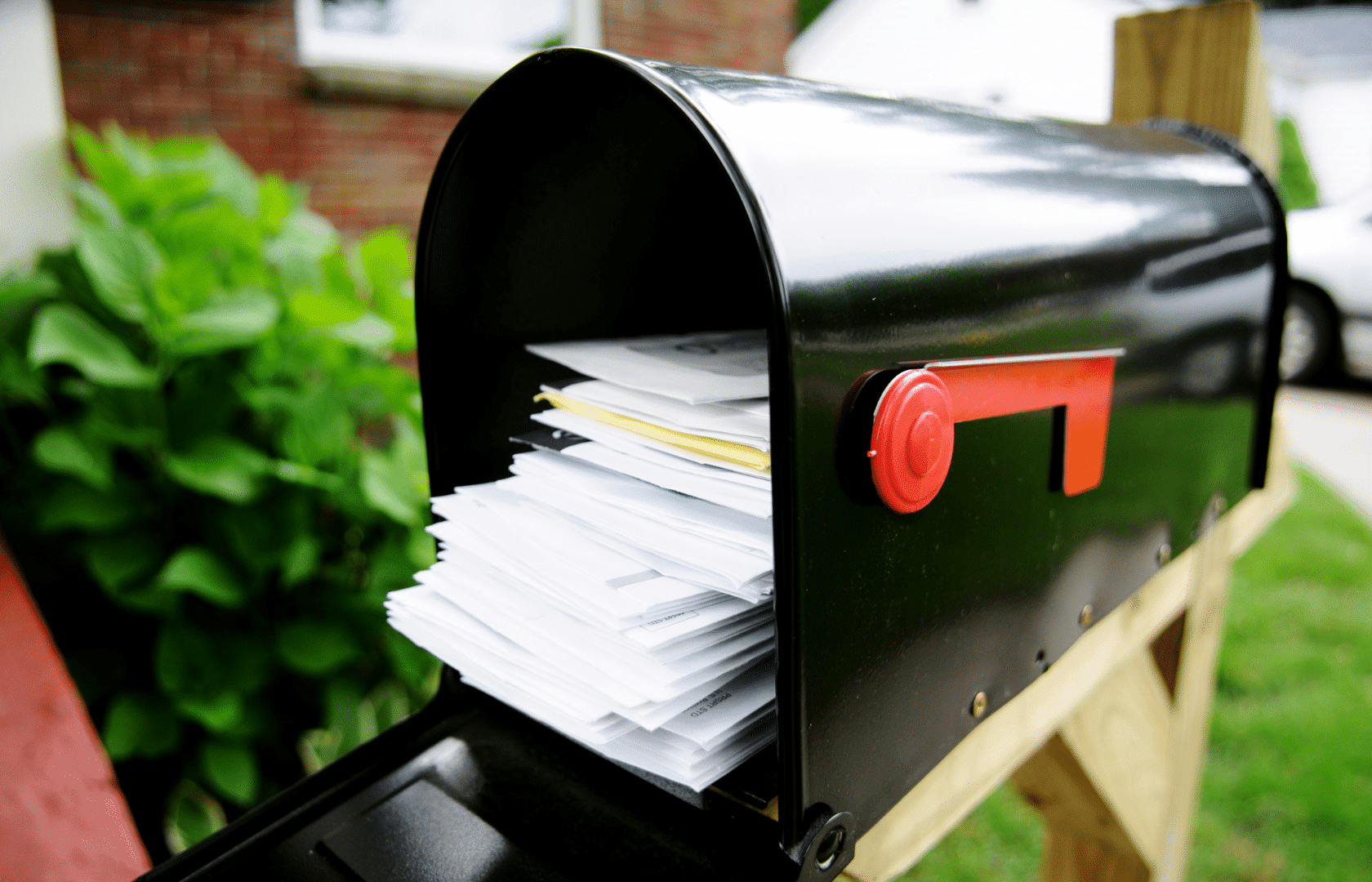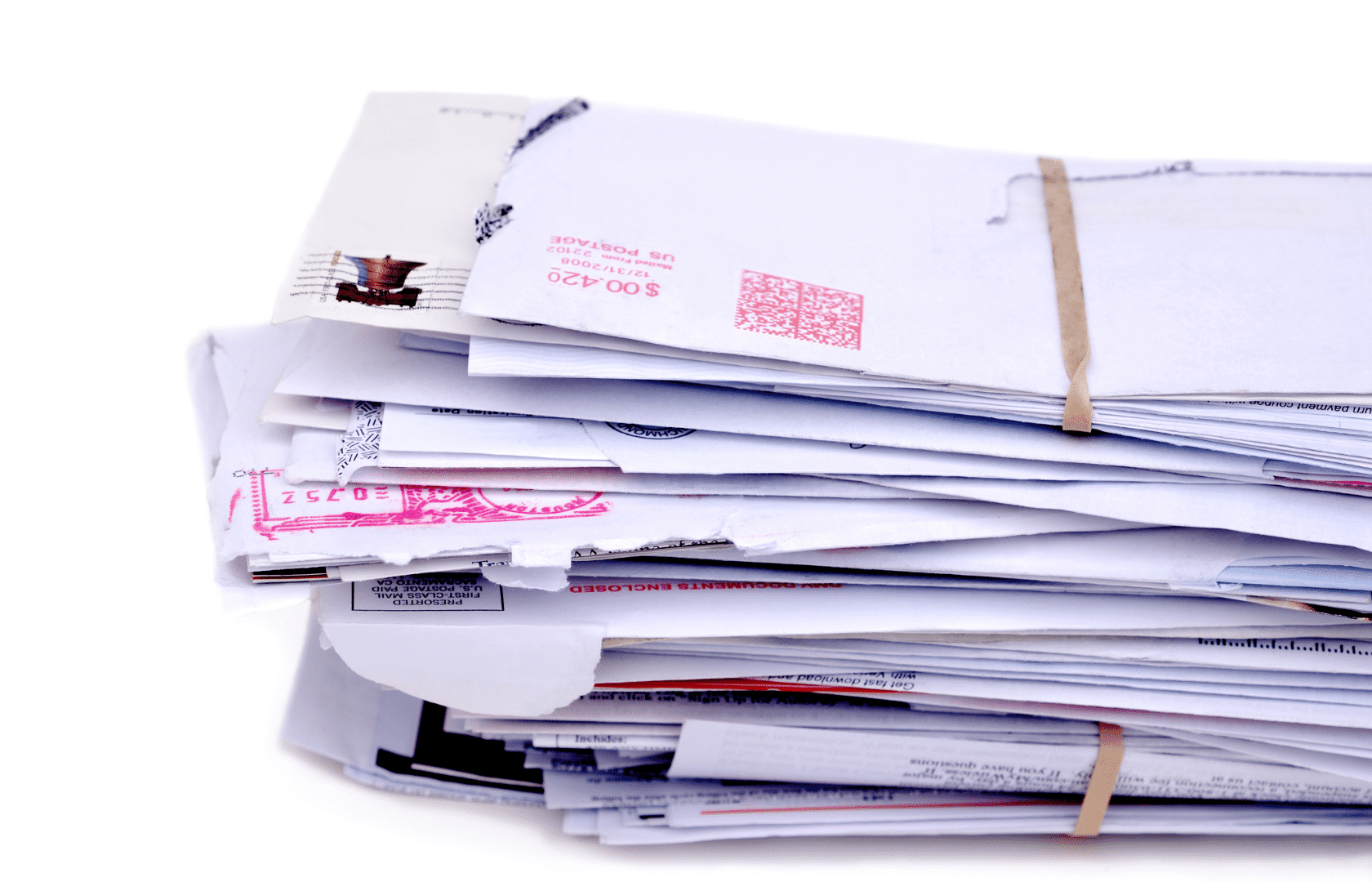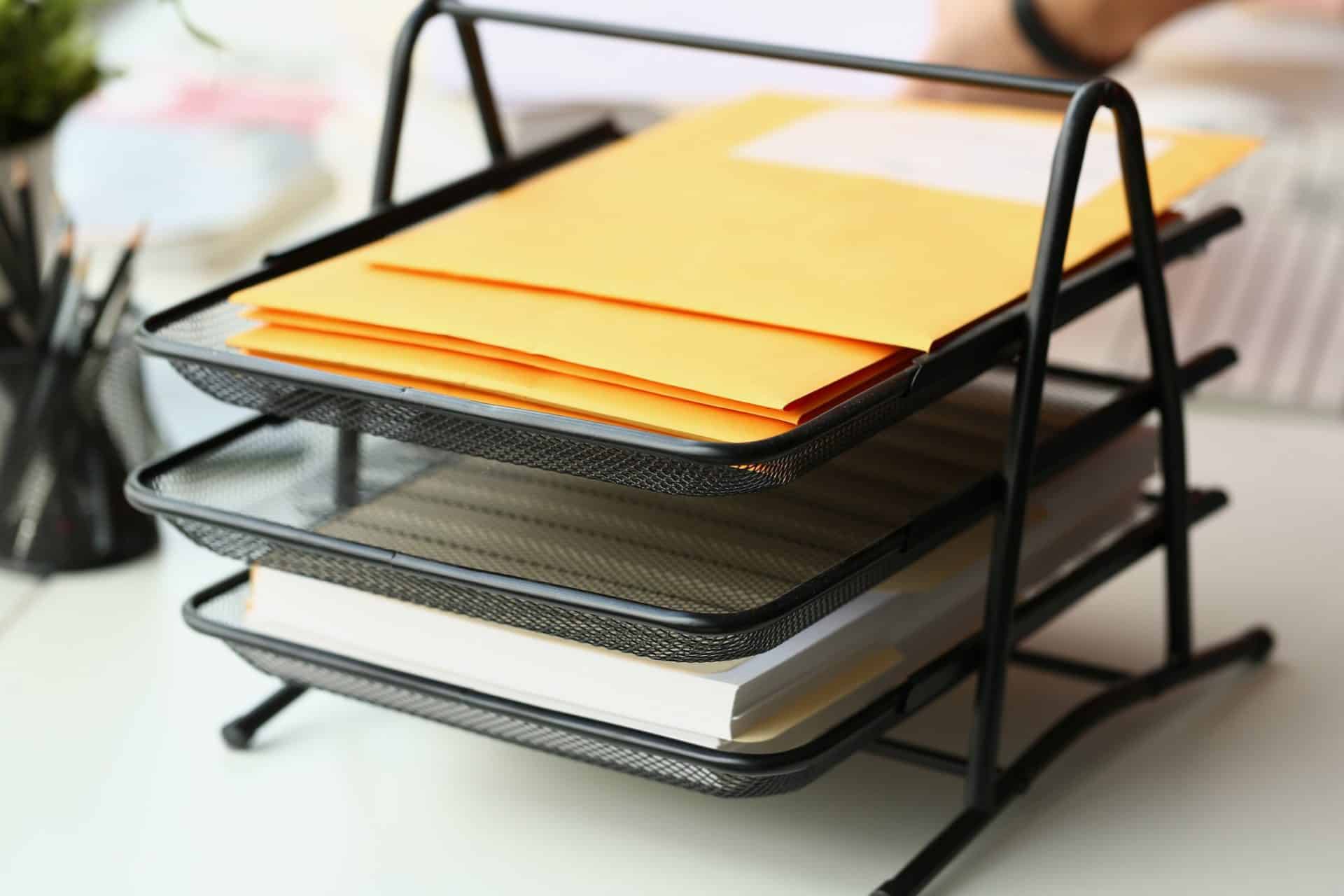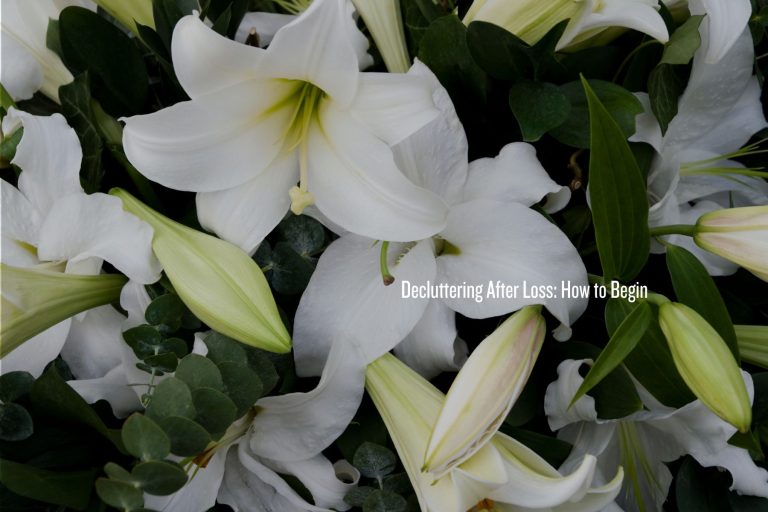Method For: The Mail Drop
As an Amazon Associate and member of other affiliate programs, I earn from qualifying purchases.
The Mail Drop – ack! It’s the thing I most often get asked to solve, the challenge for every family and the bane of an organized home. It seems to have a life of its own; spreading across countertops, infiltrating drawers and creating a visual eyesore for all to see. Corralling the mail is a challenge in every home, regardless of the size of the home or household. So what do you need to corral the mail? A system of course! I’ve been focused on the importance of systems all month (if you missed the other posts click here and here.) Because mail represents a near universal challenge I’m devoting a whole post to it, breaking down the design steps one by one. Once you’ve conquered your mail there may be other areas in your home ripe for systems, and now you’ll have insight into how to develop one from scratch!
step 1: address the root problem
Why is keeping the mail organized so hard? The biggest reason is because it just….keeps…coming. Another reason is that usually the mail enters the house at the end of the day when you have used most of your energy; it’s easy to just drop it with your keys, bag and anything else that comes with you into the house. The best thing you can do for your future self is go paperless with all of your bills and statements (mortgage, insurance, etc.) If the number of physical mail items that you actually need to take action on is very small then sorting the mail won’t feel so burdensome and the pile that comes in every day will be significantly smaller. Going paperless is pretty easy but is does require signing into multiple accounts, which is maybe why you haven’t done it. As with any project that falls into the ‘overwhelming’ category, if you break it up into smaller chunks it is less intimidating. Sign in to one account each day or week, sign up for paperless delivery and watch your influx of physical mail shrink. Then it will be much easier to manage as you move to Step 2.
step 2: identify categories
A key element of a good Mail Drop system is identifying categories of mail to be sorted when it comes in the door. If you’ve successfully executed on Step 1 it should be pretty easy. Identifying categories is important because it will drive the organization in Step 3. I find that the best Mail Systems have an average of 3 categories that look something like this:
-
Things to Keep Temporarily. These are things you probably don’t need but want to keep for awhile. Magazines you plan to read. Perhaps an invoice that you want to keep until a check clears or a birthday card that you’d like to look at a few more times before you ditch it. It could be something that you need for reference but only in the short term.
-
Action Items. Bills to pay (hopefully not that many since you’ve gone paperless!) Documents to sign and return. The car registration sticker that needs to go on your plates. This category is for anything that requires an action from you. In some families it’s helpful to have an Action category for each spouse if there is a division of labor in place.
-
Things to File. Anything important and official that does not have an action associated with it but is important to keep for the long term. Tax-related documents are a good example. This category should be small if you have gone paperless with All Things Important.
There is a 4th category, ‘Junk’ which can go straight into the recycle bin. If you are taking advantage of paperless delivery the majority of your mail will never have to be organized because you can toss it immediately!
step 3: organize
Now that you’ve identified the categories you can decide how you’d like to organize them. I like stacked trays or using a wide drawer for side-by-side trays. This is my favorite stackable tray, easy to label and elegant, from The Container Store. There are also vertical tray options that work well.
In terms of location it’s best to place your trays somewhere in the vicinity of the door you enter through on your way back from the mailbox. It’s also helpful if there is available counter space to do the initial sorting. Setting yourself up for success means taking all of the small things into account that will make it easy to complete this chore on a regular basis.
step 4: maintain
The sad truth is that Mail Drop Systems fail if they are not maintained. YOU need to maintain your system, which means sorting the mail every time you bring it in, taking action on the things in the Action tray and filing the things in the Filing tray. The sad truth is that even if you have a great system in place it’s still work to keep up with your mail. The best chance for success comes with going as paperless as possible and removing as much friction as you can along the way. If you need help with your Mail Drop System I’m here for you, drop a comment below!












Method Seattle Comment Policy
We welcome relevant and respectful comments. Off-topic comments may be removed.